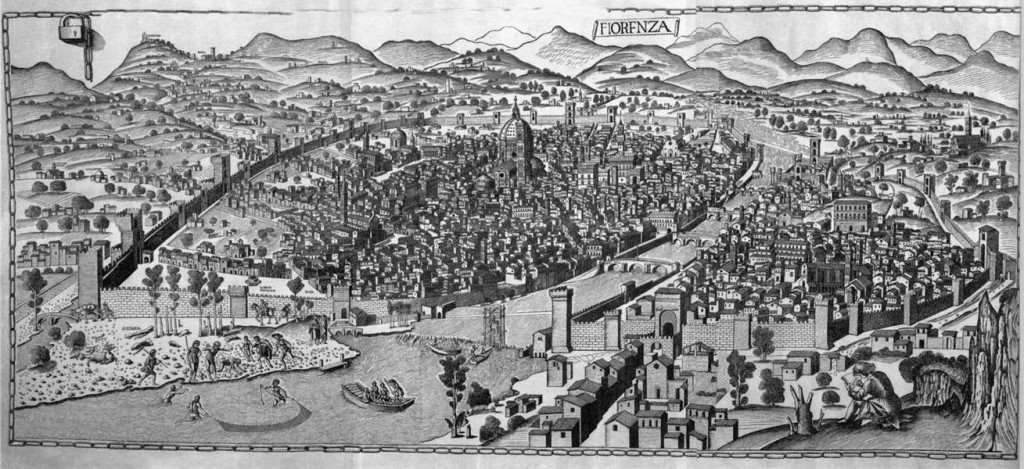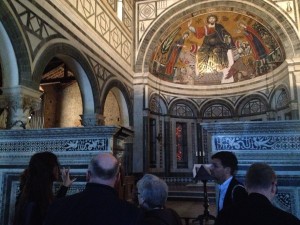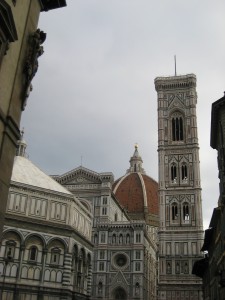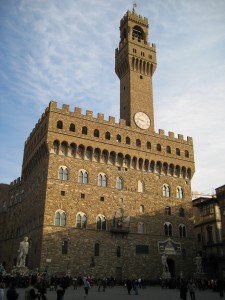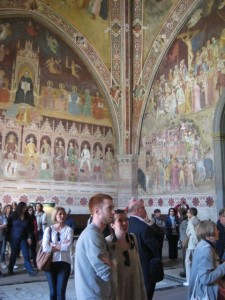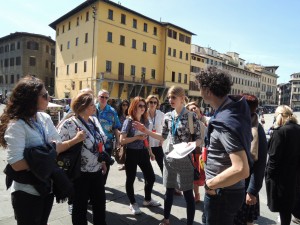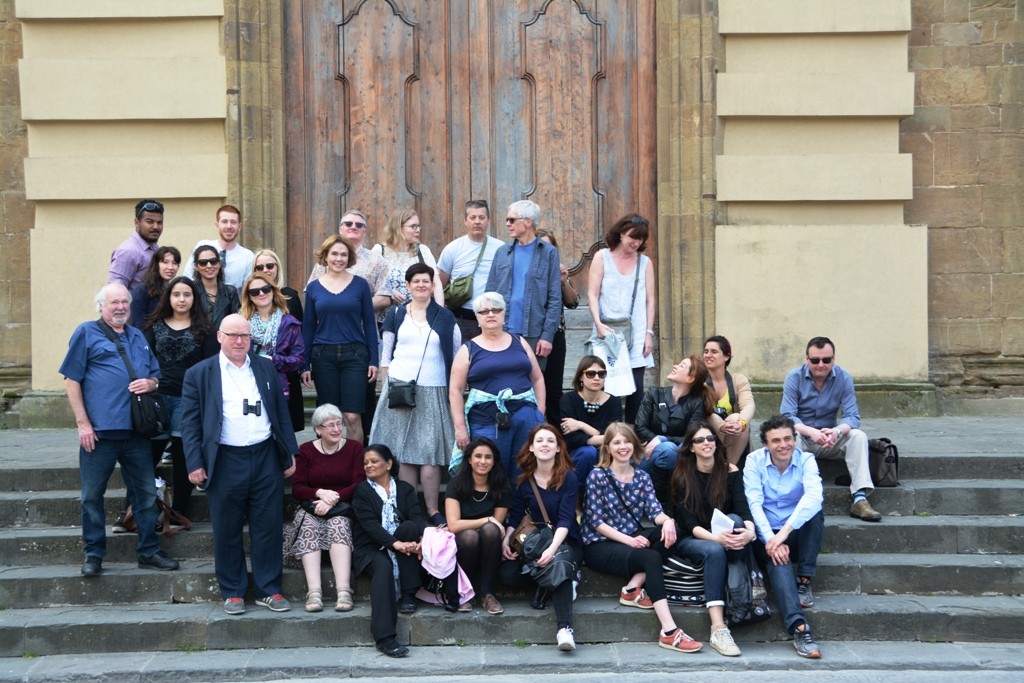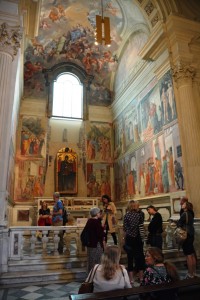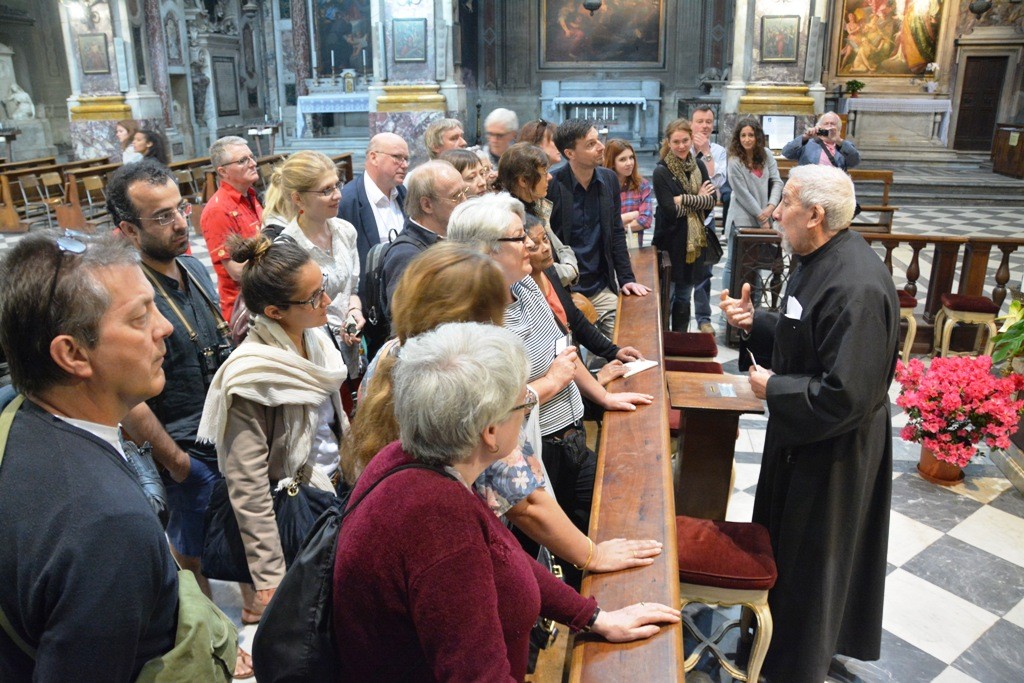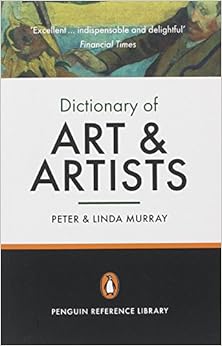I have the great pleasure in this blog post of handing over to my colleague, Joanne Anderson, who, together with Zuleika Murat, led the 2015 History of Art field trip, taking a group of 40 students from a range of programmes across the department to the city of Florence. I won’t pre-empt her wonderful account, below, but do make sure you read through to the extraordinary story of the group singing in the Basilica della Santissima Annunziata, as the ‘miraculous’ painting of the Annunication was revealed from behind a screen!
Before I pass you over to Joanne, though, I want to wish all those students currently beavering away in exam halls continued good luck with their endeavours – and to say that I hope you enjoyed the delights of Arts Week! It was a triumph – from the cinema packed on the first afternoon with people eager to hear Brian Dillon, Laura Mulvey, Marina Warner and Fiona Candlin talking about ‘Curiosity’, all the way through to Friday’s events, which included the Shadow portrait workshop: a chance to create an eighteenth/nineteenth-century style silhouette portrait. Next time you’re in the office in Gordon Square, do take a look at the wall and admire the profiles of our admin team! Podcasts of a number of Arts Week events are already available online, so do have a listen to any lectures, seminars or panels you missed – or any you were at, and would like to re-experience!
Joanne Anderson on the Birkbeck History of Art Study Trip to Florence
13-17 April 2015
“When taking in the panorama of Florence from Piazzale Michelangelo you appreciate continuities and changes over the last 600 years or so.
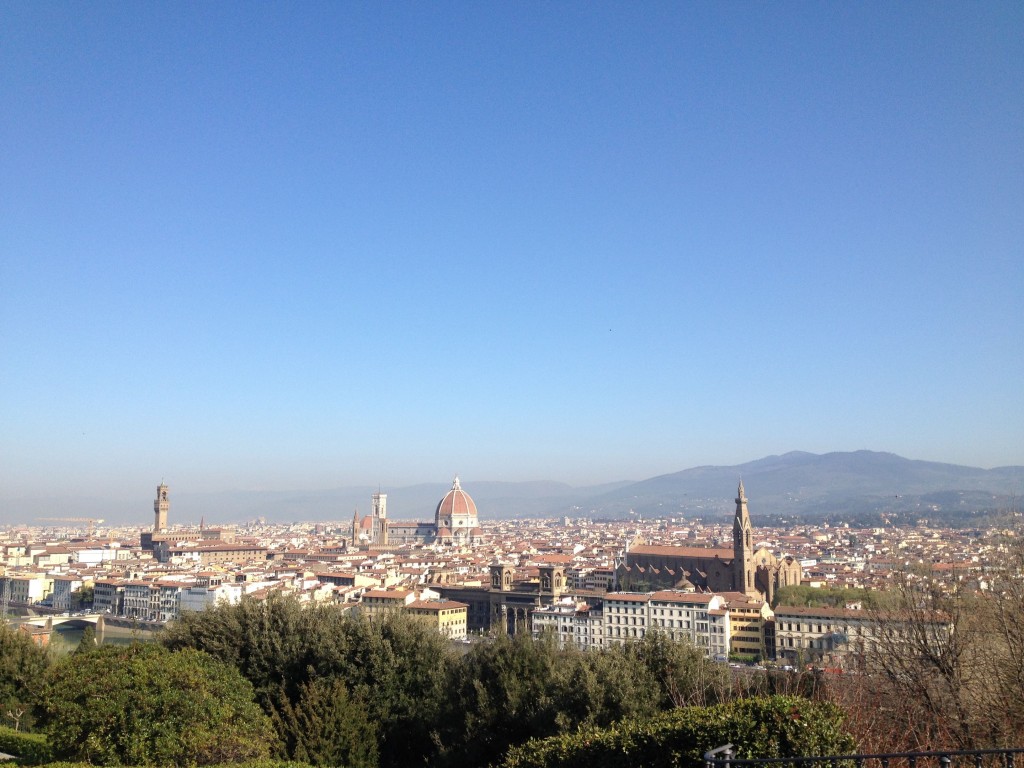 Giuseppe Poggi’s urban renovations hit the medieval centre hard in the 19th century but the principle landmarks of a more distant past still organise our visual field: Duomo, Palazzo Vecchio, the mendicant churches, the Arno and its bridges, the surviving gates and fragments of city walls.
Giuseppe Poggi’s urban renovations hit the medieval centre hard in the 19th century but the principle landmarks of a more distant past still organise our visual field: Duomo, Palazzo Vecchio, the mendicant churches, the Arno and its bridges, the surviving gates and fragments of city walls.
On Monday morning, early birds for the 2015 Birkbeck Study Visit got to grips with urban topography, comparing our view with old, like Rosselli’s Chain Map (Veduta della Catena, c.1471-82).
Imagine the impression the skyline made on a first time visitor in Renaissance times! To see Brunelleschi’s cupola rising up as a beacon of Florentine identity; its sonic boom connecting borghi, città e contado. Our reflections came hot on the heels of a visit to San Miniato al Monte: a kick start session on sites, patrons and artworks. A.k.a., some excellent Tuscan mosaics, Romanesque floor tiles, sinopie for frescoes and a crypt for the relics of the city’s first martyr saint, Minias.
That we had to leave at a respectful time for a funeral reinforced the ongoing role of the basilica in community life.
40 History of Art students across our programmes and years of study signed up for the annual trip and all took their places: such is the allure of Bella Firenze! For some, it was a welcome return visit, for others a first time revelation or fulfilment of a long-cherished hope of experiencing this most remarkable city. By 3pm on Monday, we had gathered in the centre and were ready to delve into the fabric of religious and civic identity. A tale of two piazzas, of cathedral, bell tower and baptistery, of town hall and loggia, and a few other monuments connected by the Via dei Calzaiuoli.
We were on processional ground taking in the work of leading architects and artists but also keeping an eye out for signs of its Roman origins.
We stayed with civic power on Tuesday morning at the Bargello; former Palace of the Podestà and later a prison. Despite its remarkable collection, the Bargello remains a quiet haven for art-historical study. Its formidable walls enclose a peaceful courtyard and rooms full of interesting objects. We enjoyed the opportunity for close looking and comparisons: monumental gate sculpture, the line-up of Davids and Cellini machetes, painted marriage chests, terracotta busts, maiolica plate and metalwork and even a frescoed chapel. It’s an intelligent museum, one that provokes thought on the history of collecting and display of cultural heritage. A real hit with our students.
The Uffizi, well, what a contrast. Packed corridors and rooms, gridlocked masterpieces. Yet this institution still offered precious moments of recognition and connections. One of the best comments from the cohort: ‘when you walk into the Botticelli Room and see the Portinari Triptych, its impact on Florentine artistic production makes sense.’ We had a good chat about Tomaso’s commission and the strapping lads required to carry it into the city from the boats following its sea-journey from Bruges to Pisa. Travelling art, travelling ideas. I’ll leave discussion of the artworks to the dedicated webpage which is in preparation (we’ll announce in due course!) but the octagon tribuna designed by Bernardo Buontalenti for the art collection of Francesco I de’ Medici (1584) certainly made an impression on everyone – especially the 6,000 Mother-of-Pearl shells in the dome!
Wednesday was mendicant church day, with visits to Santa Maria Novella and Santa Croce.
Wall paintings, tombs and altarpieces galore all set in church fabric that has seen its fair share of change over the years. It was utter heaven, thinking about making and meaning, revivals and continuities, the art of memory and commemoration.
I have to admit, as a Magdalen scholar I was overjoyed to be following up the chapel in the Bargello with the Guidalotti-Rinuccini Chapel painted by Giovanni da Milano. What did they have in common, what set them apart, what can we say about iconography, typologies and composition? I’m happy to say that my group indulged my passion (read, obsession!).
Everyone enjoyed a free morning on the Thursday. A chance to take a breather or else squeeze in some more visits (che bravi!). Such escapades were heard and shared in the afternoon. We met in Piazza del Carmine in readiness for the Brancacci Chapel but not before a few hundred group photos were taken on the steps outside. The one I’ve attached here is a great shot.
It really brings home what this trip is all about: bringing everyone together and having a direct experience of the artwork. Birkbeck students don’t often get the chance to hang out during the terms, what with busy professional lives, family commitments and of course, timetabling. The annual trip makes this happen, a different kind of space to talk about art and architecture.
We got the Brancacci Chapel to ourselves. To be honest, I think its compactness took most by surprise. Also, entry from the cloister via the transept plays with your orientation – yes it’s small, but it’s a side chapel. Our precious half hour was put to good use, discussing composition, technique, iconography, space and audience. Once out of the chapel, many took a pew to continue the viewing experience: we’d travelled far and were not wasting any opportunity to study this legendary work.
And for good reason. Next up was Santa Trinita and a chance to compare notes with the Sassetti Chapel.
But the monks weren’t back from lunch yet so a little gelato stop was just the ticket. We found an excellent gelateria near Ponte Santa Trinita (Oltrearno) and enjoyed more good chat over a myriad of tasty delight. Once inside the church, we marvelled at the Ghirlandaio paintings commissioned by Francesco Sassetti (the original façade of the church can be seen in the miracle scene) but also let Lorenzo Monaco lead the way with fresco technique and Marian imagery in a nave side chapel – skies may be purple now but with an upper layer of azurite we’re talking lapis lazuli effect; what works artists might have looked at to develop their ideas. Oh, and there happened to be a nice Magdalen sculpture by Desiderio da Settignano – closest we could get to Donatello’s haunting work, sadly off display at the moment but hey, any excuse to come back to the Museo dell’Opera del Duomo when it reopens later in the year!!
Can I just reinforce just how content everyone was after this day? Focused, at times lost in contemplation, and certainly inspired. I will remember informal conversations in church or whilst taking a seat in the square; a chance to share ideas and laughter.
How could we be at Friday already?! Ah well, we saved the best for last. The convent of San Marco delivered on so many levels. How often do you get to walk into the dormitories of quattrocento friars and their guests, replete with original wall paintings by Fra Angelico and his workshop, including the young Benozzo Gozzoli? How about standing in Savonarola’s cell? Or looking at the manuscripts in the library – marvellous marginalia. But it was also about the layers of history. Set in the floor are tantalizing glimpses of a former decorative campaign of the pre-Dominican era via carefully positioned mirrors. A visit to Florence is suffuse in religious imagery often with a Medicean hue but one of the last rooms before exiting the convent was full of fragments of secular paintings from Florentine palaces. Birds on trellises, trompe l’oeil fabrics, geometric patterns. Jigsaw pieces of past times and all the more fascinating for the challenge of reassembling, even if only in the mind’s eye.
Our last experience was beyond planning. A nip round the corner to Santissima Annunziata to see the shrine designed by Michelozzo that frames the miraculous Annunciation, dating to the fourteenth century. Everyone was primed to not see the image, given its continuing importance as a cultic site in Italy. We took in the chiostrino with its Marian frescoes by Andrea del Sarto and his workshop, which were undergoing conservation; the woman up on the scaffolding was absorbed and absorbing in her work. Once inside we took in the shrine and the ex-votos that stand as testament to its power. Alas, it was almost closing time for lunch and time to go. Genaro, the tertiary, took a shining to some of our ladies, however, and suggested that a little singing might enact a miracle. With our group united in song (and humming!), the screen over the painting began to descend. Not a divine revelation but an act of kindness and joy in community that moved many to tears.
Genaro was our hero. The group was brought together in a circle to celebrate the moment, just being there together. After much singing, they emptied back into the square full of joy and laughter. I think this last photograph captures the moment.
A memory of Florence that will stay with us all and one we are happy to share with Birkbeck History of Art.
The Murray Trust made it possible for six of our students to participate in the 2015 Study Visit. We are grateful for their continuing generosity to Birkbeck History of Art, reinforcing how important such experiences are to the degree programme and making them available to all. My thanks to Zuleika Murat for lending us her time and expertise. You have a new cohort of fans. To my colleagues at Birkbeck, thank you for your support, encouragement and trust. To Clare and Susan, I would never have managed without you.
To my fabulous students, you made it. Grazie mille.”
. . Category: Uncategorized

